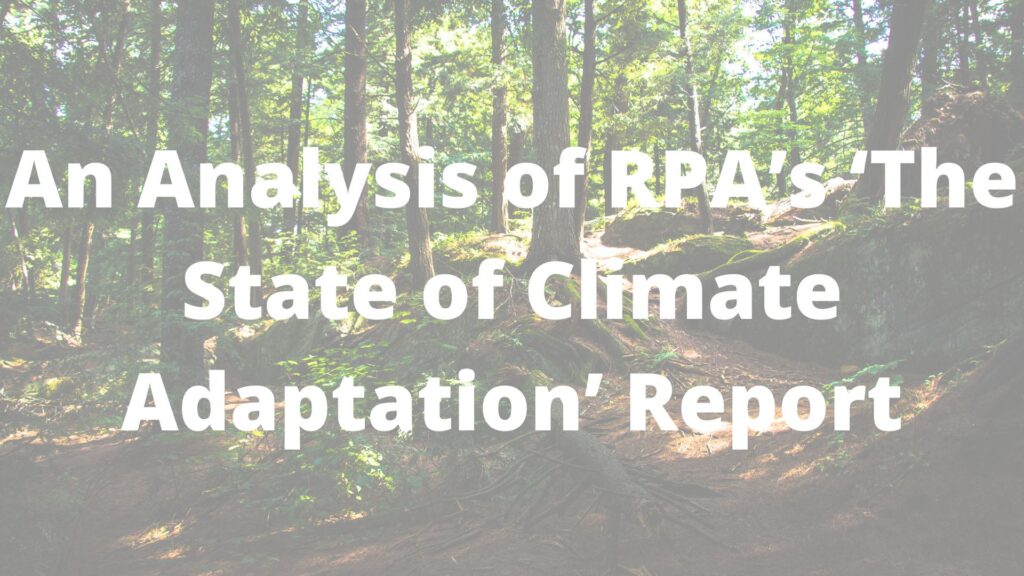
A recent report has highlighted a concerning future for the New York metropolitan area’s housing landscape, predicting that approximately 80,000 homes could be lost to flooding within the next 15 years, specifically by 2040. This alarming projection underscores the increasing threat posed by climate change, including rising sea levels and more frequent extreme weather events such as coastal storms and intense rainfall. The study emphasizes that this potential loss of housing stock will significantly exacerbate the region’s already critical housing shortage, potentially pushing the deficit to an estimated 1.2 million homes.
The Regional Plan Association (RPA), in collaboration with the National Zoning Atlas, conducted the analysis, revealing that a substantial portion of residential-zoned land, around 77,300 acres or 10.5%, is at risk of future flooding. The areas most vulnerable to these housing losses include significant portions of Long Island, particularly ocean-facing towns like Babylon and Islip, as well as communities along the Long Island Sound. Within New York City, neighborhoods in Staten Island, southeast Queens, and parts of Brooklyn are identified as being particularly susceptible to the impacts of permanent, chronic, and coastal flooding.
The report further elaborates on the scale of the problem, suggesting that the number of housing units at risk could potentially double to 160,000 by the year 2070 if current trends continue. This widespread threat extends across the metropolitan area, affecting an estimated 78% of municipalities in the suburban areas studied (124 out of 159) and 60% of community districts within New York City (30 out of 55). The implications of such extensive housing loss are profound, potentially leading to increased displacement, heightened affordability concerns, and further strain on already limited resources.
Beyond the direct loss of homes, the report also points out that by 2040, as many as 1.6 million people in the study area could reside in areas exposed to flooding, with a significant concentration of one million individuals living in the urban core and regional downtown centers. Additionally, over one million jobs could be located in these flood-prone zones, with approximately 726,000 of those in higher-density urban locations. This highlights the interconnectedness of housing, population density, and economic activity in the face of escalating climate risks.
In light of these findings, the report urges local officials and planners to proactively rethink conventional approaches to housing and development. Recommendations include considering denser and more energy-efficient housing models and potentially moving away from the traditional suburban ideal in vulnerable areas. The need for significant zoning changes and substantial investments in resilience measures, such as floodwalls and managed retreat strategies, is also emphasized to mitigate the projected losses and adapt to the increasing challenges posed by extreme weather and sea-level rise.
Ultimately, the report underscores the urgent need for cohesive strategies that address both the growing housing crisis and the escalating risks of climate change in the New York metropolitan region. By aligning land use policies with climate adaptation strategies, the city and its suburbs can work towards ensuring that all residents have access to safe and secure housing in the face of an increasingly uncertain environmental future. Failure to address these interconnected challenges could lead to a more severe housing scarcity, greater economic disparities, and significant community displacement in the coming decades.
Construction can play a crucial role in combating the impacts of rising sea levels in New York City and surrounding areas through a variety of innovative techniques and resilient building practices. These strategies aim to protect existing infrastructure, create new developments that are more resistant to flooding, and enhance the natural defenses of the coastline.
To view the RPA Climate Adaptation Report, please click here.
John Caravella Esq., is a construction attorney and formerly practicing project architect at The Law Office of John Caravella, P.C., representing architects, engineers, contractors, subcontractors, and owners in all phases of contract preparation, litigation, and arbitration across New York and Florida. He also serves as an arbitrator to the American Arbitration Association Construction Industry Panel. Mr. Caravella can be reached by email: [email protected] or (631) 608-1346.
The information provided on this website does not, and is not intended to, constitute legal advice; instead, all information, content, and materials available on this site are for general informational purposes only. Readers of this website should contact their attorney to obtain advice with respect to any particular legal matter. No reader, user, or browser of this site should act or refrain from acting on the basis of information on this site without first seeking legal advice from counsel in the relevant jurisdiction. Only your individual attorney can provide assurances that the information contained herein – and your interpretation of it – is applicable or appropriate to your particular situation. Use of, and access to, this website or any of the links or resources contained within the site do not create an attorney-client relationship between the reader, user, or browser and website authors, contributors, contributing law firms, or committee members and their respective employers.

